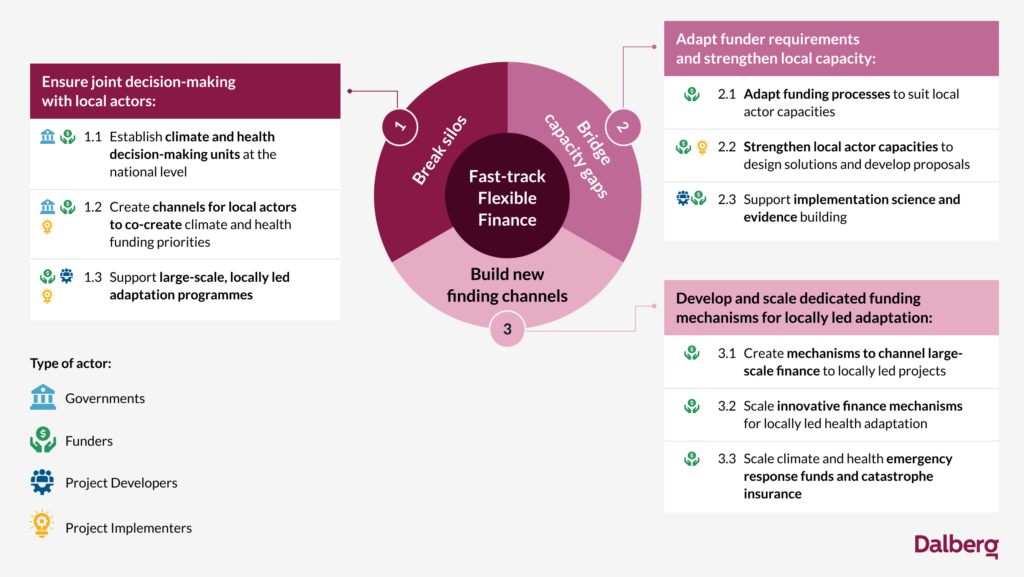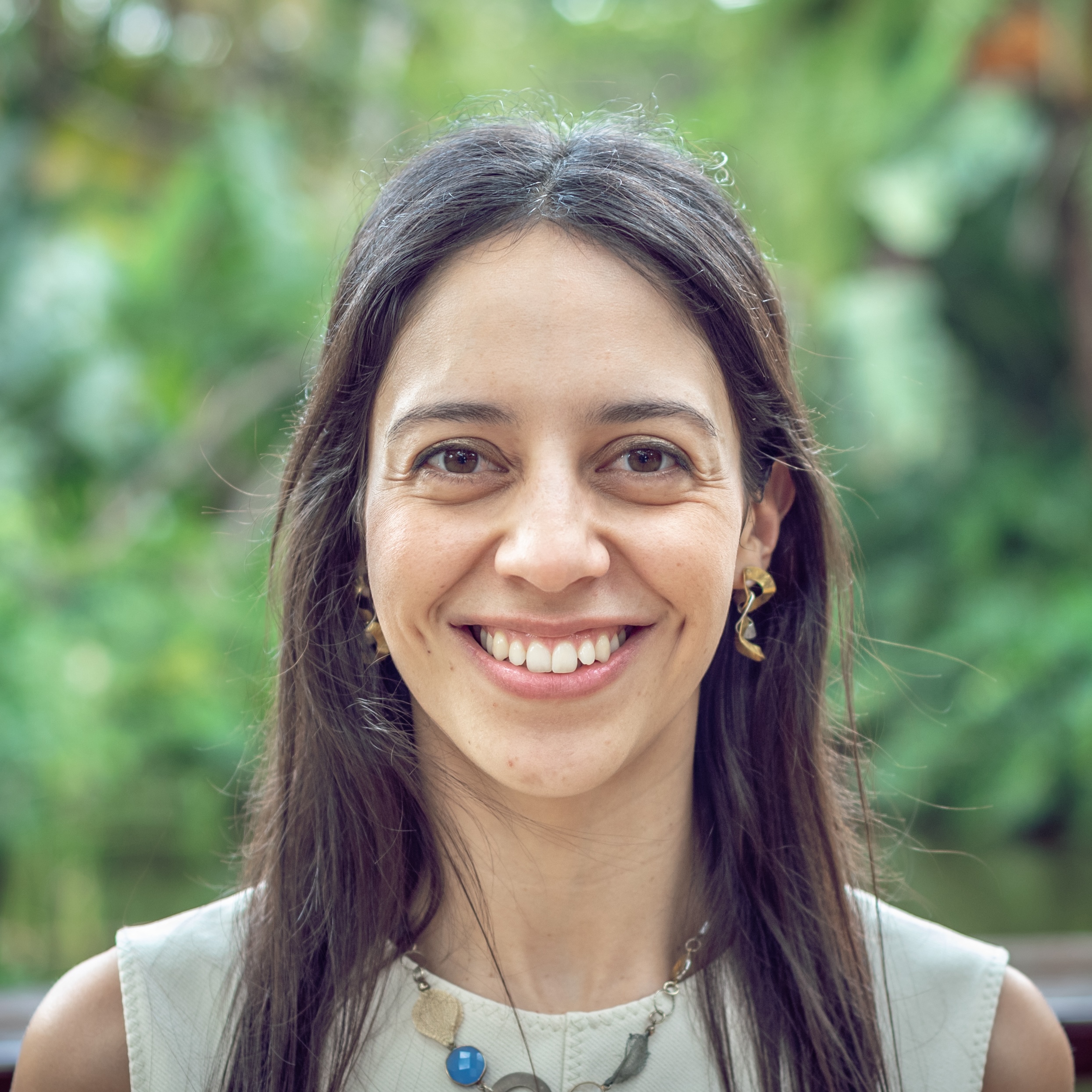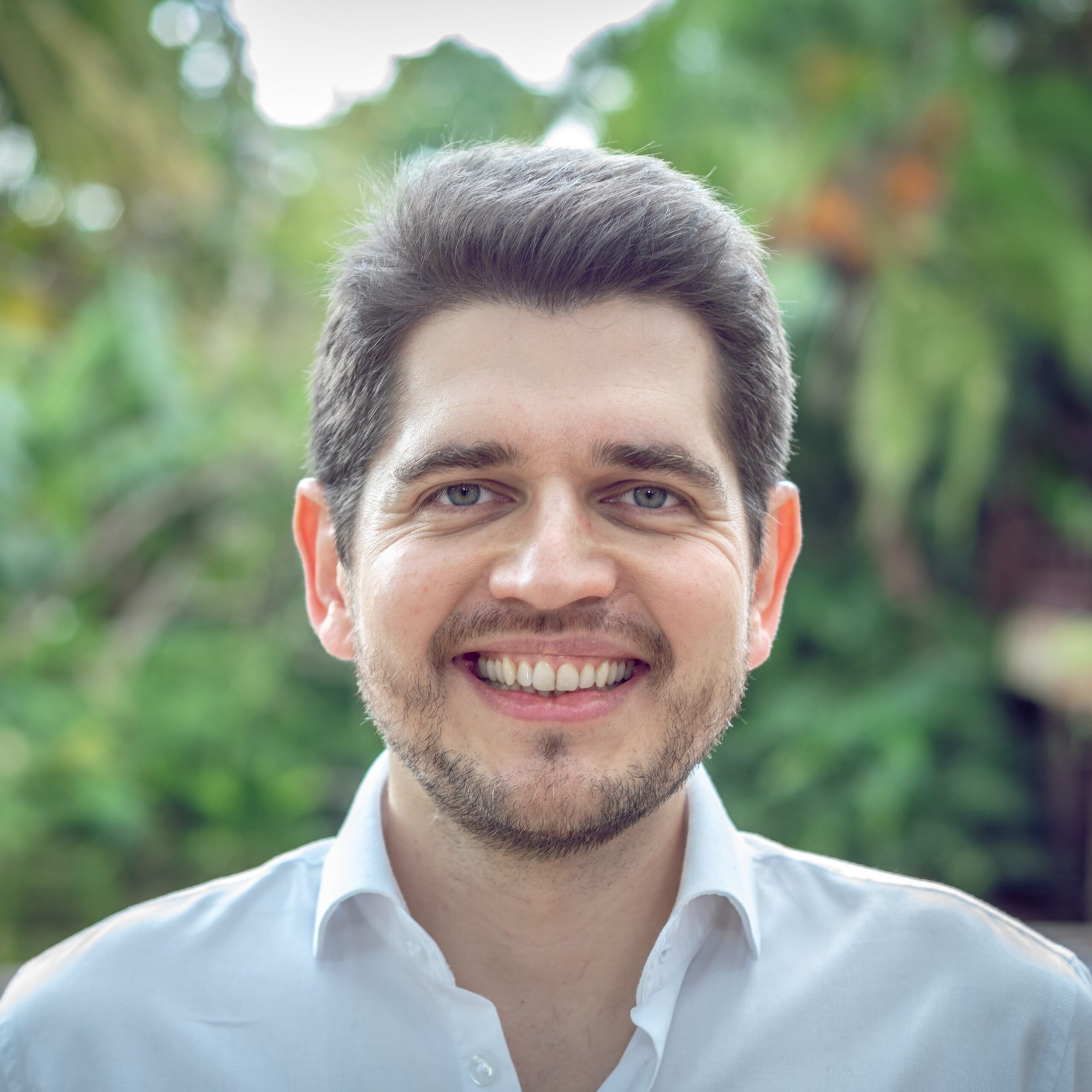Dalberg uses cookies and related technologies to improve the way the site functions. A cookie is a text file that is stored on your device. We use these text files for functionality such as to analyze our traffic or to personalize content. You can easily control how we use cookies on your device by adjusting the settings below, and you may also change those settings at any time by visiting our privacy policy page.
Across the world, climate change disproportionately affects the health of the most vulnerable communities. These communities have unique insight into the specific climate-related health risks they face, making their leadership crucial to delivering health adaptation[1] solutions that address their needs. Momentum is growing for locally led adaptation, with over 100 governments, global institutions, and NGOS endorsing the Common principles for locally led adaptation since 2021, committing to change their practices to elevate local leadership.
Despite this progress, locally led health adaptation remains underfunded, and communities are often excluded from decision-making processes. This is due to a range of barriers, such as power imbalances between funders and local communities, complex funding processes, and lack of evidence on local risks, health adaptation needs, and effective interventions.
A new report from the Collective MindS Climate x Health Council,[2] convened by Foundation S and supported by Dalberg, “From Risk to Resilience: Unlocking Climate and Health Finance for Local Health Adaptation,” outlines three priorities and accompanying actions to address these challenges and fast-track flexible finance for locally led health adaptation, particularly for the most climate-vulnerable communities (see Figure):

In this conversation, Vanina Laurent-Ledru, Director General of Foundation S, and Laura Amaya and Jean-Charles Guinchard, global leaders in Dalberg’s work at the intersection of climate and health, explore how Foundation S and its partners, such as Dalberg, are responding to the growing demand for climate-health solutions by empowering local communities to lead and shape their own resilience strategies.
This discussion highlights the role of collaboration in overcoming barriers to financing and decision-making, the specific initiatives being implemented to fast-track support for vulnerable regions, and the critical actions needed from governments, funders, and stakeholders to turn ambitions into action.
Why has Foundation S identified a strategic focus at the intersection of climate and health?
Vanina Laurent-Ledru: We have focused on the intersection of climate and health because the two are inextricably linked, especially for the 3.3 billion people living in highly vulnerable regions where extreme weather events have led to death rates 15 times higher than in more resilient areas. Investing in health resilience is crucial—not only to secure our future but also to protect the progress we’ve already made. Each dollar invested in health can yield up to $4 in economic returns, and failing to act risks undoing decades of global health advancements.
For example, by the end of 2023, 50 countries had eliminated at least one neglected tropical disease, and 146 out of 200 countries are on track to meet the SDG target on under-5 mortality. Yet, climate change threatens to reverse these accomplishments. We have a small, rapidly closing window of opportunity to protect this progress. If we don’t act now, the investments and advancements of recent decades could be lost. That’s why we are committed to turning rhetoric into action at the climate-health nexus.
Lastly, our strategic focus is also driven by a growing public awareness. A recent global survey commissioned by Foundation S found that 9 in 10 people see climate’s impact on health as a top concern, with three-quarters of respondents in the Global South already feeling the effects. By focusing on locally led adaptation, we aim to tackle these urgent challenges and deliver solutions that improve both health outcomes and climate resilience for those most in need.
How is Dalberg supporting organizations that are converging towards the nexus of climate and health?
Laura Amaya: Global organizations are increasingly recognizing the health impacts of climate change and making it a central focus in their strategies. As demand grows for solutions at the intersection of climate and health, Dalberg is working across regions to deliver evidence-based strategies that improve health outcomes and build climate resilience. For example, Dalberg has partnered with The Wellcome Trust to design and implement a pilot program that empowers grassroots changemakers in Africa, Asia, and Latin America to tackle climate and health challenges in their communities.
In another engagement, we supported the Clean Air Fund to analyze the health and economic impacts of air pollution in six of Africa’s fastest-growing cities. Our findings revealed a potential cost of $138 billion in premature deaths and worker absenteeism by 2040, making air pollution an urgent health and economic challenge in rapidly urbanizing regions.
Our collaboration with the Robert Wood Johnson Foundation on a report exploring global health equity trends further emphasized the cross-cutting impact of climate change. It highlighted the need for “multisolving solutions” that address health equity and climate resilience together. This led to an opportunity to present the findings at the Forecasting Healthy Futures event in Baku, to support the case for having a health focus with the COP29 planners.
Dalberg is also leading cross-sector collaboration efforts. In 2023, we facilitated a convening for The Rockefeller Foundation and Wellcome Trust, bringing together funders and practitioners to align strategies and funding for climate and health initiatives. By driving this dialogue, we are helping to create a more unified approach to addressing climate-related health challenges on a global scale.
The momentum for locally led health adaptation has grown significantly in recent years. Can you share some key moments that have inspired you over the past 12 months?
Vanina Laurent-Ledru: The momentum for locally led health adaptation has indeed accelerated in recent years, driven by several key moments that have truly inspired us. Countries and advocates have worked tirelessly to elevate climate and health on global agendas, and we’ve seen some standout achievements. One of the most pivotal was the first-ever “Health Day” at COP28, where commitments surpassed $1 billion for climate and health initiatives. This, alongside the World Health Organization’s resolution on climate change and health, marked a turning point in global recognition of the need for urgent action.
Another highlight was the 2024 World Health Assembly in Geneva, which illustrated the progress that has been made in supporting greater collaboration between the climate and health sectors. The adoption of the Resolution on Climate Change and Health was a pivotal achievement, demonstrating a political commitment by governments across the world to scale up climate action as a public health priority. This landmark resolution not only underscored the progress we’ve seen in integrating climate and health agendas but also energized our efforts. It cemented the work that has been growing over the last few years, and the excitement that we witnessed in Geneva reinforced our resolve to continue pushing for even greater action in this critical space.
Despite the growing momentum, finance for locally led health adaptation remains insufficient. What actions are needed from governments, funders, and other stakeholders to turn ambitions into action and fast-track flexible finance?
Jean-Charles-Guinchard: Overall, finance for climate adaptation is around 15 times lower than what is needed, with the United Nations Environment Program (UNEP) estimating an annual gap of $366 billion.[3] Even more concerning is that only 10% of global climate finance currently reaches the communities that need it most. This massive shortfall presents both a challenge and an opportunity. Governments, funders, and other stakeholders in the climate and health sectors must urgently step up to increase financing and ensure it reaches local communities where the effects of climate change are being most deeply felt. The report From Risk to Resilience: Unlocking Climate and Health Finance for Local Health Adaptation convened by Foundation S and supported by Dalberg lays out three pathways through which funders, governments, and other stakeholders can fast-track flexible finance for local health adaptation:
- Enable joint decision-making with local actors, by creating dedicated channels at the national level and in international forums for local actors to influence climate and health priorities and control funding.
- Adapt funder requirements and build local capacity, since many local organizations lack the resources or expertise to navigate complex funding application processes. Funders must adapt their requirements and provide flexible grants that empower local organizations to hire external experts and train staff to prepare strong project proposals. By investing in local capacity, funders can ensure projects are sustainable and responsive to local needs.
- Develop and scale dedicated funding mechanisms for locally led adaptation, such as catastrophe risk insurance and emergency response funds to provide fast finance during climate and health-related emergencies.
Dalberg is working with different partners to accelerate action across the above pathways. For example, we support community-focused organizations in developing climate project funding proposals for GCF and other funders. We have also worked with G7 development finance institutions to identify concrete financing solutions to accelerate the initial response to a health emergency.
What role should philanthropies, such as Foundation S, play in scaling up flexible financing for locally led health adaptation?
Vanina Laurent-Ledru: Philanthropic organizations have a unique and vital role to play in scaling up flexible financing for locally led health adaptation. We can leverage our resources to both pilot and scale community-driven solutions that address climate and health challenges while also attracting additional funding from other sources, creating a powerful multiplier effect. For instance, by providing grants to support local organizations in developing project proposals, we can enable them to unlock significantly more funding from traditional sources.
Philanthropic funders are uniquely positioned to offer flexible, adaptable financing that is often hard to secure through traditional sources. This type of funding is crucial for fostering innovation, allowing local projects to demonstrate proof of concept and attract further investment. However, less than 2% of philanthropic funding is currently allocated to climate action, with an even smaller share directed specifically to locally led health adaptation.
This is why we have included an explicit call for action in the From Risk to Resilience: Unlocking Climate and Health Finance for Local Health Adaptation report for philanthropies to provide at least 5X more funding for locally led health adaptation.
Looking ahead to critical global events like the World Health Summit, COP29, and the World Economic Forum annual meet in Davos, what outcomes would you prioritize in the agenda for locally led health adaptation?
Vanina Laurent-Ledru: One key priority is increasing finance for locally led health adaptation. The current funding falls far short of what’s needed, with vulnerable countries requiring hundreds of billions annually for climate adaptation; yet, less than 5% of climate adaptation finance is directed towards health. We urgently need to scale up investment to build climate-resilient, sustainable health systems.
Equally important is shifting toward a more collaborative, inclusive approach. The world is facing intertwined challenges—from conflict to climate change—and the top-down, short-term models of philanthropy are no longer effective. Local communities need to be at the heart of adaptation strategies, as they hold the knowledge and experience of what works on the ground. Solutions must be designed with their input and implemented in ways that are flexible and responsive to local needs. A clear example is the Barguna district in Bangladesh, where a cyclone shelter was built on the wrong side of a river, making it inaccessible during storms—a result of limited community consultation.
With 2.5 billion people still lacking access to quality healthcare—a number set to rise as the global population grows—it’s crucial that we elevate these priorities. By doing so, we can ensure that local voices are heard and supported, creating sustainable, equitable solutions for health and climate resilience.
[1] Health adaptation focuses on preparing populations to cope with or respond to how climate change could increase the incidence, seasonality, or geographic range of climate-sensitive health outcomes and identify factors that make their control more difficult.
[2] Members of the Collective MindS Climate x Health Council include: Dr Elhadj As Sy (Kofi Annan Foundation, Chair of the Board); HE Professor Awa Marie Coll-Seck (Galien Forum Africa, President); Professor Alan Dangour (Wellcome Trust, Head of Climate and Health); Nathalie Delapalme (Mo Ibrahim Foundation, CEO); Ms Yacine Diop Djibo (Speak Up Africa, Executive Director); Pascal Lamy (Forum de Paris sur la Paix, Vice President; Former World Trade Organization Director General); Jack Leslie (Duke Global Health Institute, Senior Visiting Fellow; Former Chairman of the Board of Directors of the US African Development Foundation; Chair for the Elizabeth Glaser Pediatrics AIDS Foundation; Water.org, Board Member); Dr Omnia El Omrani (Imperial College London, Policy Fellow; COP28, Health Envoy; COP27, Youth Envoy); Dr Marina Romanello (The Lancet Countdown, Executive Director); Dr Anil Soni (WHO Foundation, CEO); Dr Agnès Soucat (Agence Française de Développement, Director of Health & Social Protection); Dr Tamer Rabie (World Bank, Global Program Lead for Climate and Health); Dr Monique Vledder (World Bank, Practice Manager for the Global Health, Nutrition and Population Unit); Mr Paul Walton (Africa-Europe Foundation, Executive Director)
[3] UNEP (2023) Adaptation Gap Report 2023. Webpage accessed 8 July 2024 (https://www.unep.org/resources/adaptation-gap-report-2023)
To gain a deeper understanding of how aligning climate and health efforts can create lasting change, especially for the most affected populations, contact:



